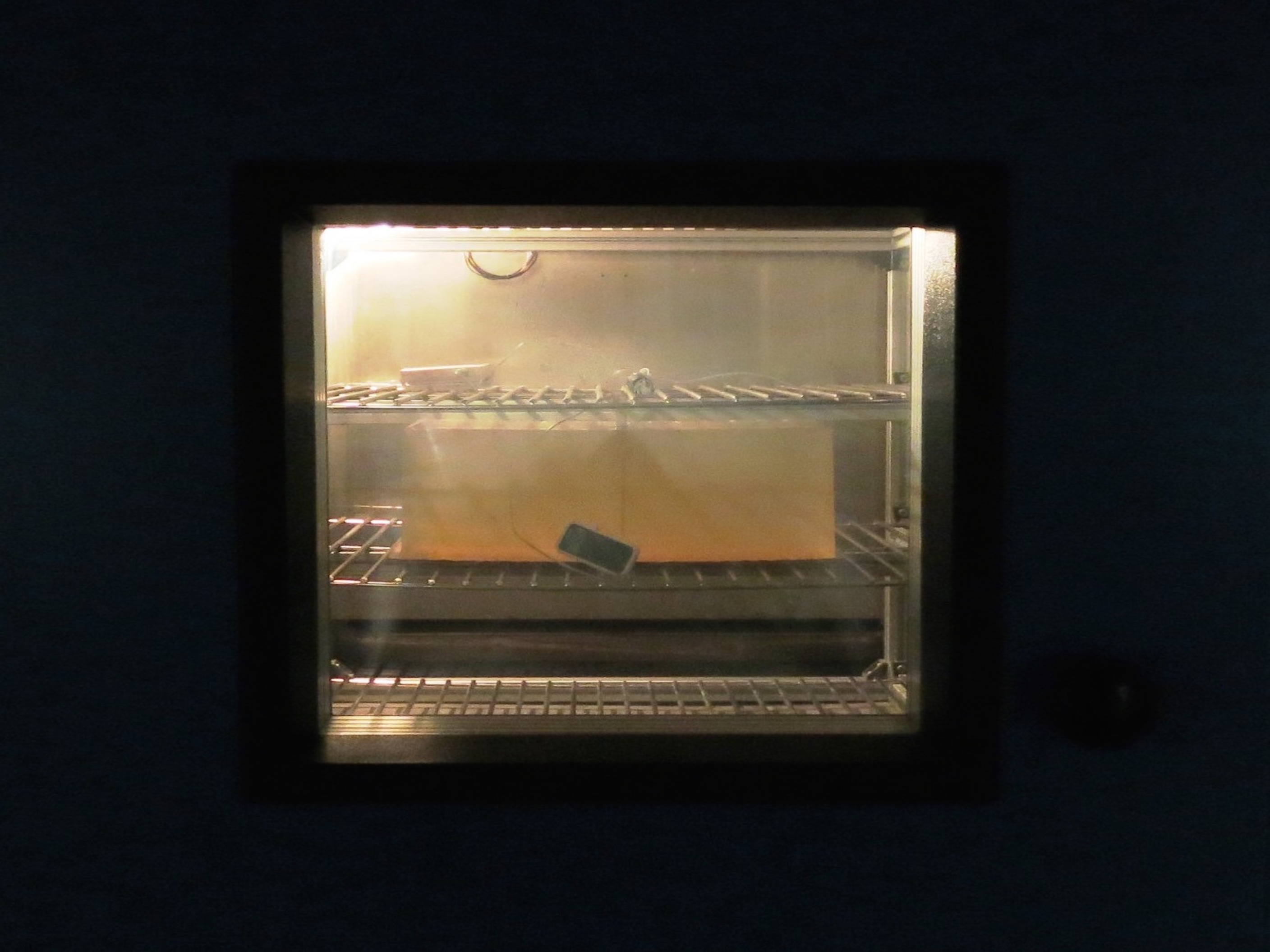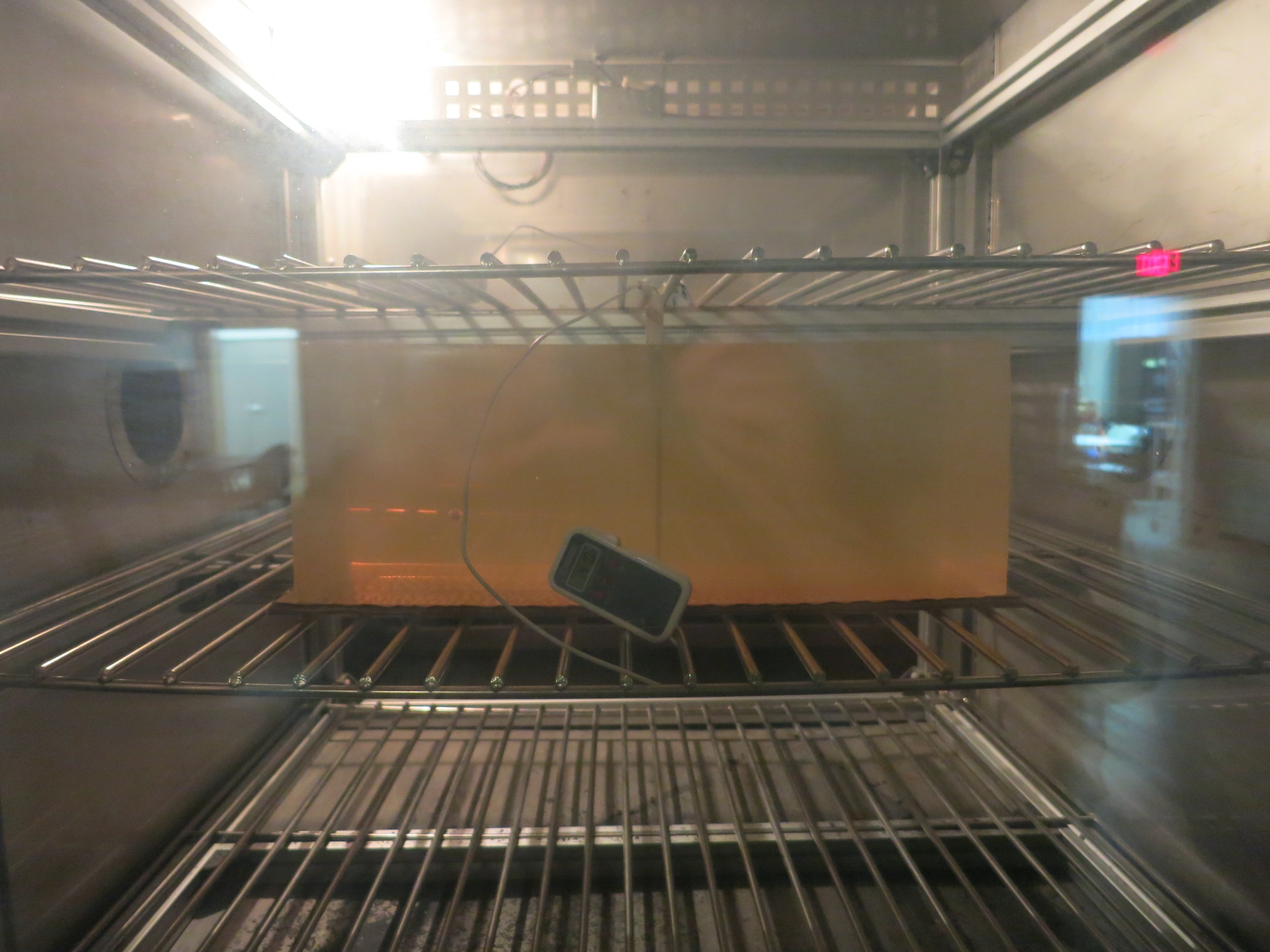Brass Fetcher Ballistic Testing
Effect of Gelatin Block Temperature on Penetration Depth Measurement
Ballistic gelatin has served as a simulant material since the US Army began testing it in the early 1950s. After the Miami Shootout of 1986, the FBI sought to establish a ranking system for the terminal ballistics of handgun ammunition with which law-enforcement planners could select ammunition that was most likely to be effective when shot from an officers handgun. Existing from 1991 to 2001, the International Wound Ballistics Association (IWBA) did much in helping Law Enforcement officers and Military service members in understanding the wounding effects of the ammunition in common use at the time. I began posting my ballistic gelatin results in 2004. Since that time, many people have begun to shoot their own ballistic gelatin blocks and posting the results as gospel for others to see on the Internet. There are many procedures which must be followed to ensure that you are getting valid measurements from a ballistic gelatin shot. These techniques are not learned overnight. In this paper we will take a look at the effect the temperature of the gelatin block has on the measurement of bullet penetration depth.
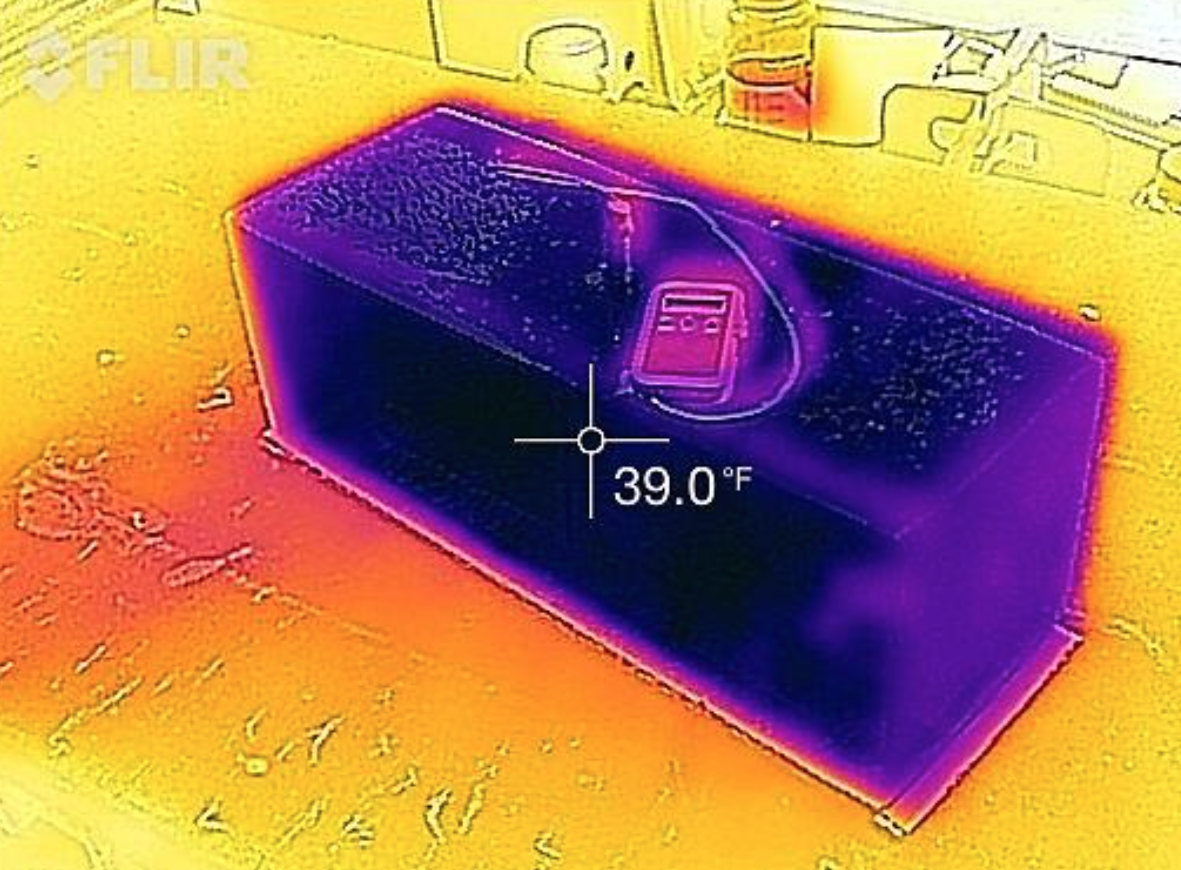 Figure 1: Thermograph of a 10% Ballistic Gelatin Block
Figure 1: Thermograph of a 10% Ballistic Gelatin BlockThe ideal ballistic gelatin block has a temperature of 39.0 degrees Fahrenheit throughout the entire block. Rarely if ever does this occur in practice, though, because an object will immediately begin transferring heat/or cooling from its surfaces upon being placed in an environment of a different temperature. The strength of ballistic gelatin is strongly dependent on the temperature of the gelatin. This fact is of importance to the tester of ballistic gelatin because most shots take place in a room warmer than 39.0 degrees Fahrenheit and almost all blocks are shot multiple times near the corners where the warming effects have the largest impact on the penetration measurements.
We molded in a NIST-traceable temperature probe into a series of 10% ballistic gelatin blocks and placed the blocks into a Thermotron temperature chamber to be temperature conditioned at several different ambient temperatures and the resulting core temperatures were measured.
 Figure 2: Temperature probe submerged in curing Ballistic Gelatin solution
Figure 2: Temperature probe submerged in curing Ballistic Gelatin solution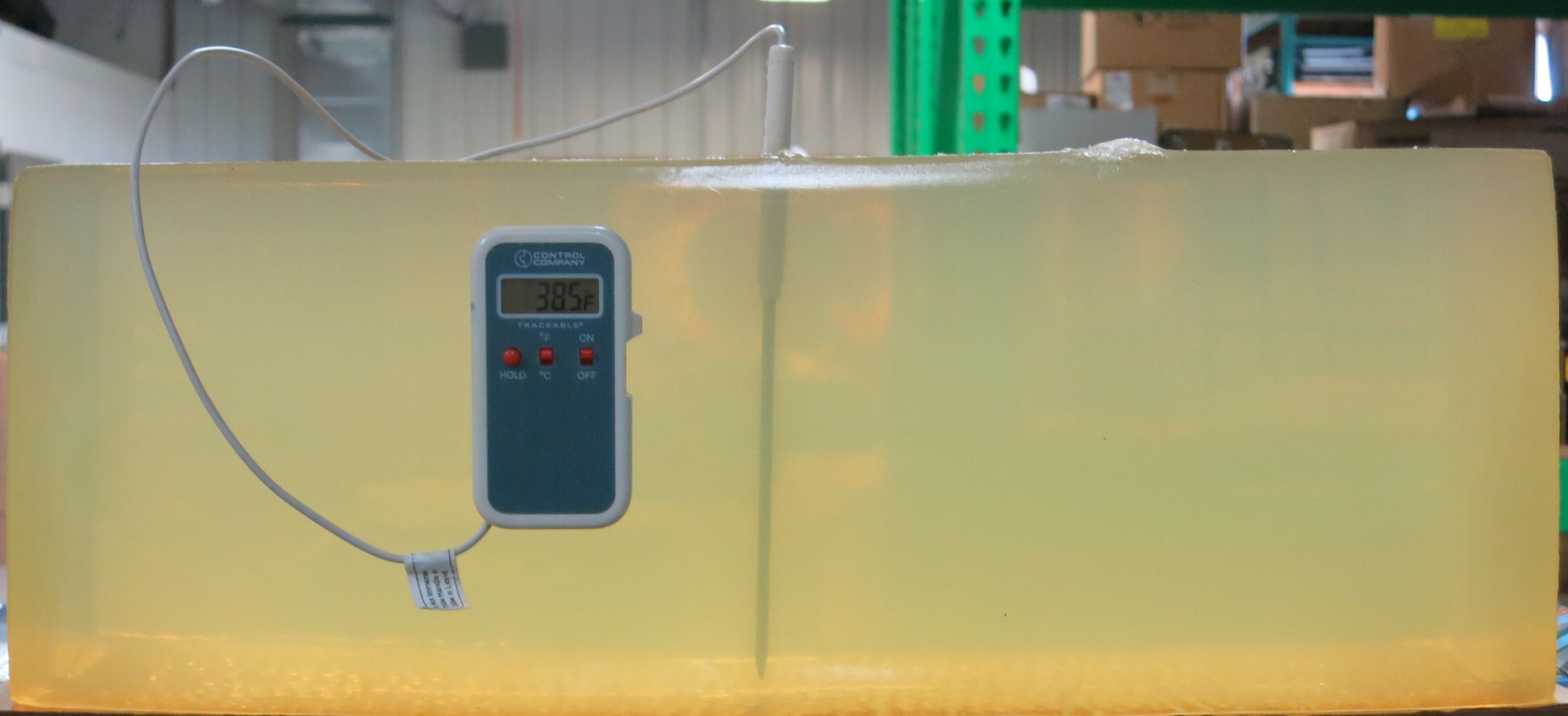 Figure 3: Temperature probe molded into center of cured Ballistic Gelatin block
Figure 3: Temperature probe molded into center of cured Ballistic Gelatin blockFigure 4A, B and C: Thermotron environmental conditioning chamber used in this report
 Figure 5: Air Temperature and Time Effects on Gelatin Block Core Temperature
Figure 5: Air Temperature and Time Effects on Gelatin Block Core TemperatureWe can see from the above graph that the core temperature of a ballistic gelatin block at 80°F increases approximately 0.6°F every four minutes that it is outside of the refrigerator. It must be noted that the air current inside of a large Thermotron, like that used, can be classified as pseudo-uniform and consistent. It is also a low-velocity flow, with wind temperatures inside of the unit estimated at 1 mile per hour maximum. Actual field conditions with slight breezes and especially sunlight exposure paint a much different picture and are of greater relevance (though less repeatable by their very nature) to the private ballistic gelatin experimenter. Figure 6 presents three conditions to illustrate the difference between gelatin block warming when the block is: placed indoors, placed outdoors in summer sunlight and placed inside of a Thermotron at the same temperature.
 Figure 6: Gelatin Core Temperature as a Function of Light and Wind Exposure
Figure 6: Gelatin Core Temperature as a Function of Light and Wind ExposureThe next logical step in the task of answering the question “how long can I wait to shoot the gelatin after I remove it from the refrigerator” is to provide a ballistic analysis of the effects of gelatin blocks shot at different core temperatures by the same bullet. The bullet selected was the Speer 40 S&W 180gr LE Gold Dot because of its consistency in expansion and penetration observed during previous testing. The actual impact velocities, bullet expansions and penetration depth baselines for this projectile are given below in Table 1.

Using the “Velocity Variation Correction to Measured BB Penetration” (Figure 5-2 in Bullet Penetration by Duncan MacPherson), we can see how close to ideal were the ballistic gelatin blocks used as a baseline:

We are well within the FBI calibration tolerances of 2.94” to 3.75” at 575 ft/sec to 605 ft/sec and are using a 20-shot sample from 4 different gelatin blocks. We shot a 5-shot sample per gelatin block for each core temperature.
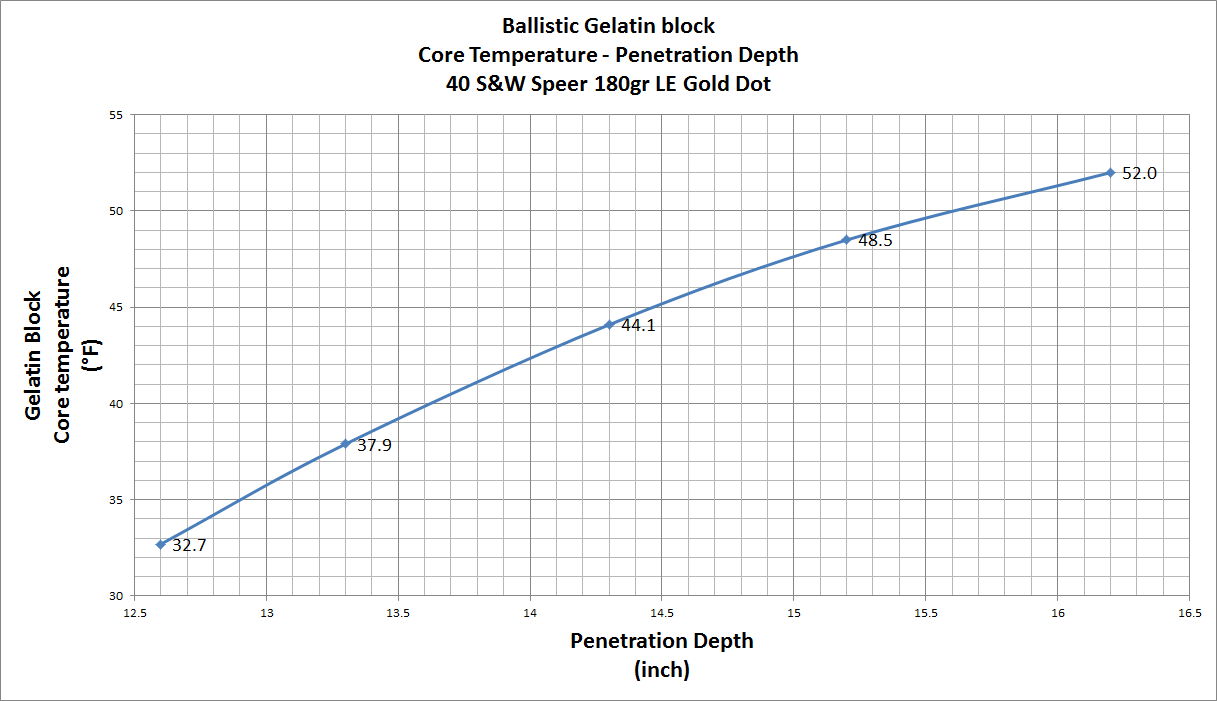 Figure 7: JHP Penetration versus Gelatin Block Core Temperature (998 ft/sec)
Figure 7: JHP Penetration versus Gelatin Block Core Temperature (998 ft/sec)Figure 7 presents clear evidence that, all else being equal, the hotter a ballistic gelatin block gets, the further a bullet will penetrate into the medium. Table 3 lists the details of each ballistic gelatin block tested. These blocks were prepared using a standard gelatin preparation method, chilled to 39°F for two days with the temperature probe molded into the geometric center, calibrated and then temperature conditioned to the listed core temperature. The temperature probe was removed immediately prior to shooting and ballistic gelatin solution at 130°F was filled via syringe to fill the void to avoid skewing the penetration measurement of the center-line shot, should it happen to intersect the area where the probe was placed.

Jacketed Hollowpoint expansion is governed directly by the stagnation pressure acting on the hollowpoint cavity. It is expressed by Equation 1:
where ρ is the density of the fluid, v is the velocity of the bullet at any instant and Pstatic is the static pressure of the fluid. The stagnation pressure acting on a bullet impacting a ballistic gelatin block is influenced only by the velocity the bullet impacts at, since the density of a proper ballistic gelatin block does not change significantly with depth or temperature. Static pressure is also considered constant because it is determined by the weight of the gelatin above the bullet as it penetrates (usually in a straight line) and this is insignificant compared to the pressure present on the face of a bullet as it penetrates.
Since the impact velocities for the bullets were the same and the density of the blocks changed slightly, if at all, with the temperature, we can see that the expanded bullets will have almost exactly the same diameter regardless of the temperature of the gelatin.

With a standard deviation of 0.005” among a sample of 45 expanded bullets, it is safe to say that the density of the ballistic gelatin blocks did not change with the change in temperature. Bullet penetration into gelatin is governed by three flow regimes: turbulent (occurring at high velocity), laminar (occurring at low velocity as the bullet is coming to a stop) and transitional which is a combination of the two flow conditions. All else being equal, turbulent flow is governed by the density of the fluid and laminar flow is governed by the kinematic viscosity of the fluid. It is evident from these tests, that temperature most affects the kinematic viscosity of ballistic gelatin blocks.
Since the corners of a ballistic gelatin block (incidentally the locations of 4/5 of the shots in a FBI Barrier test event) warm much more quickly than the core, it behooves us greatly to look at the effect of the greater surface area of the corners and how this effects the validity of shots fired into these locations. To do this, we inserted a temperature probe horizontally into the gelatin block halfway (diagonally) from the center of the block and the edges of the block and recorded the temperature at the corners, center and core as the block heated.
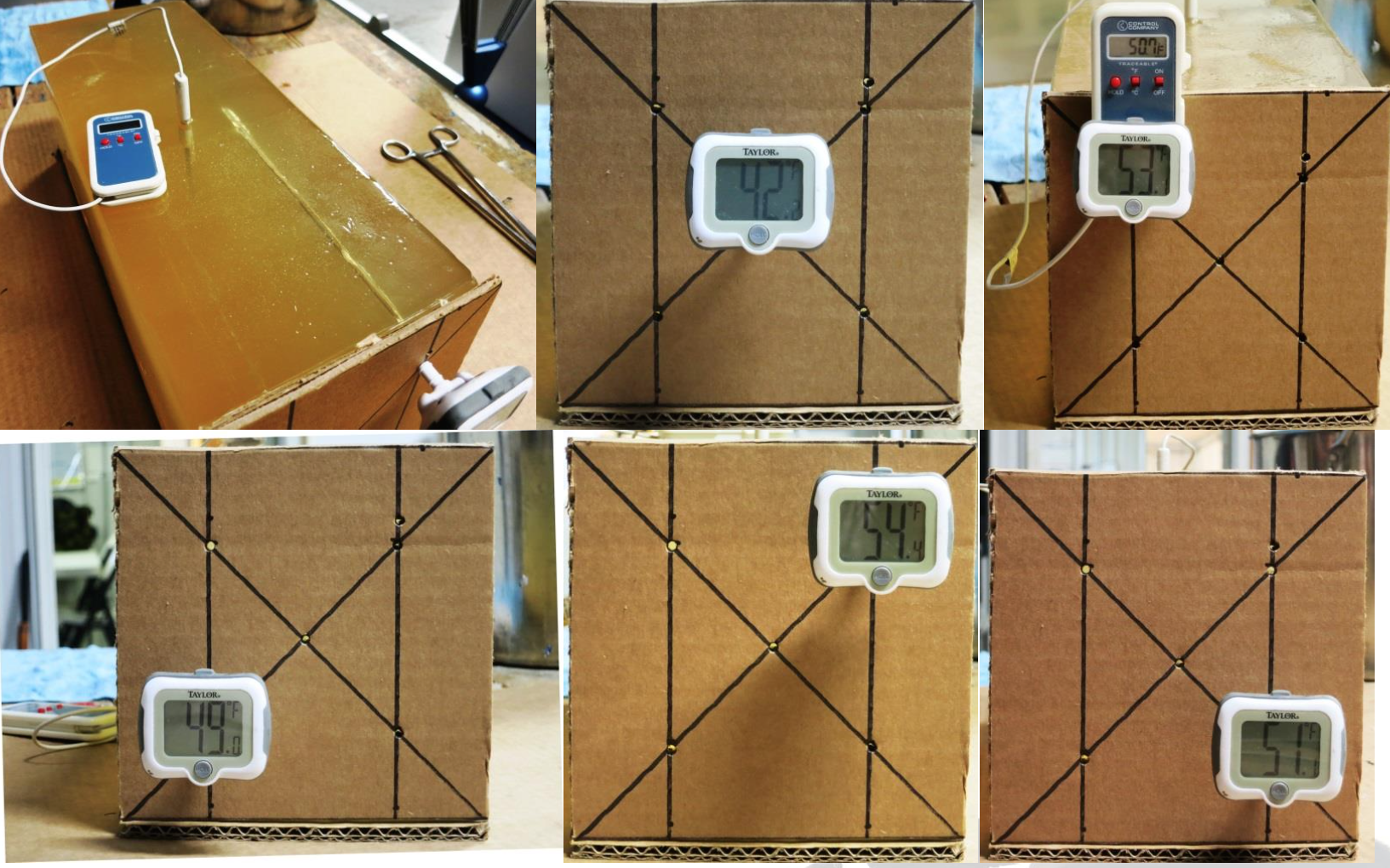 Figure 8: Temperature Probe in FBI-standard Shot Locations
Figure 8: Temperature Probe in FBI-standard Shot LocationsSince four out of the five shots that are shot into a gelatin block are located in the corners of the block, it is important that we understand the linkage between the core temperature of the gelatin block and the corresponding temperatures located in the corners of the gelatin block.
 Figure 9: Core Temperatures vs Corner Temperatures
Figure 9: Core Temperatures vs Corner TemperaturesSample temperatures taken for three different core temperatures (recorded by the core thermometer) reveal a near-constant temperature for shotlines that penetrate horizontally through the center of the gelatin block while shots that travel horizontally through the corners encounter significantly hotter ballistic gelatin. Figure 10 below shows the penetration depth traveled by the JHP versus the linearly-interpolated temperature of the ballistic gelatin path that it penetrated.
 Figure 10: Bullet Penetration Depth as a Function of Ballistic Gelatin Temperature
Figure 10: Bullet Penetration Depth as a Function of Ballistic Gelatin TemperatureFigure 10 clearly demonstrates a trend of increasing bullet penetration depth with increasing ballistic gelatin temperature.
Conclusion
Ballistic gelatin testing is an experimental tool that was originally developed for usage in room temperature indoor test facilities. The proliferation of the internet and increased visibility of ballistic gelatin as being the preferred test medium to aid in determining the magnitude of projectile wounding in soft tissue has led to the existence of many experimenters who may be unaware of the effects of gelatin block temperature on their studies.
It has been shown that the ‘same’ bullet, impacting ballistic gelatin that is only a few degrees warmer or colder than the ideal of 39°F, can show significant variations in the measured penetration depth. Bullet expansion remains an independent factor of gelatin temperature as the density (and thus stagnation pressure) of the gelatin fluid does not change in a measureable way with temperature.
In theory, any temperature test environment is suitable for ballistic gelatin testing provided that the time the gelatin block is exposed to this atmosphere is limited as illustrated in Figure 5. Should the core temperature of your gelatin block elevate significantly, it is possible to utilize the information given in this paper to ‘correct’ your penetration results if using a handgun-velocity JHP and the core temperature of your block is known.
Best practices in managing the temperature of your ballistic gelatin blocks include:
- ↪ Do not remove the gelatin block from refrigeration until ready to shoot.
- ↪ Keep gelatin block in a shaded area — avoid direct sunlight.

